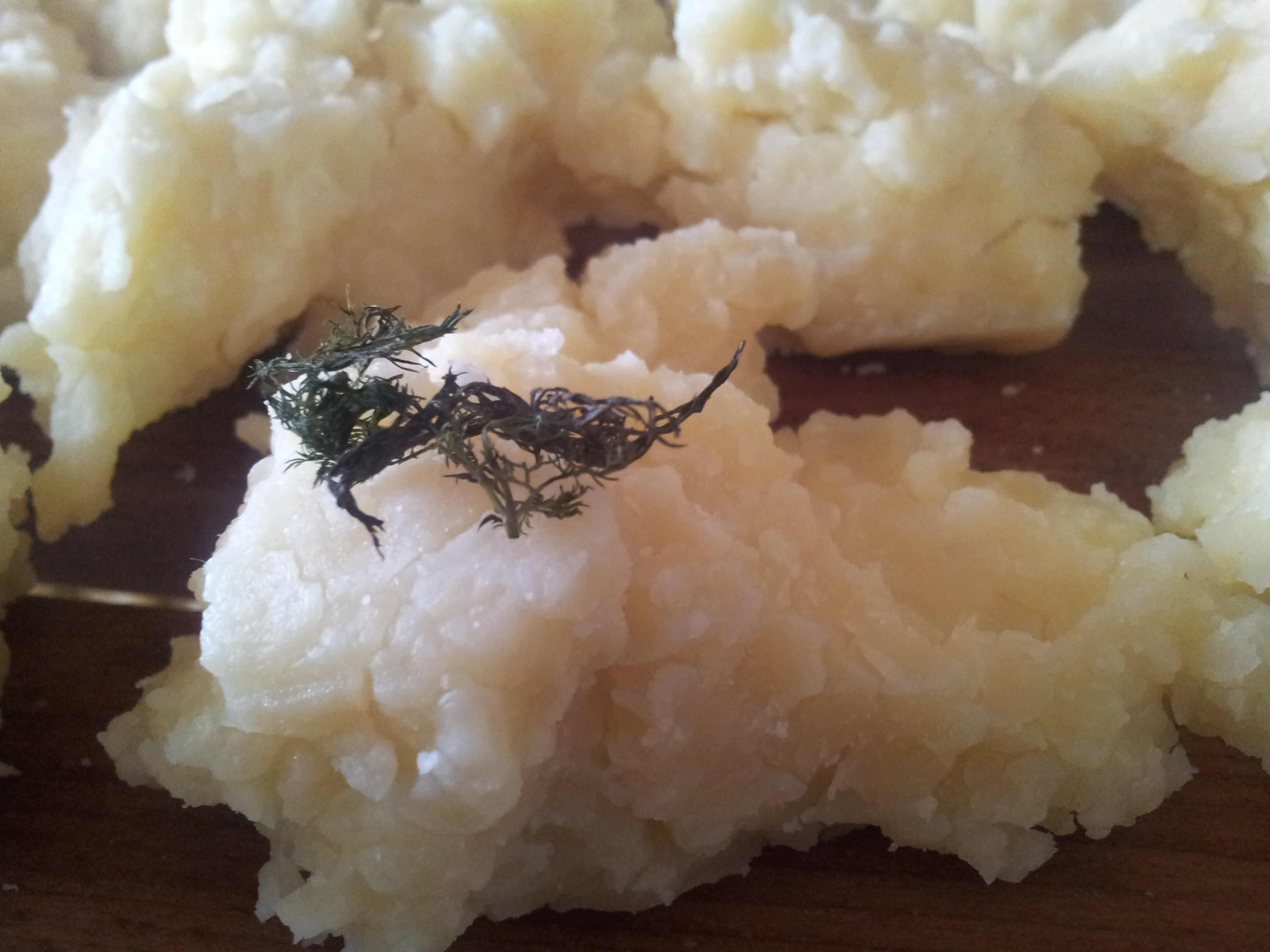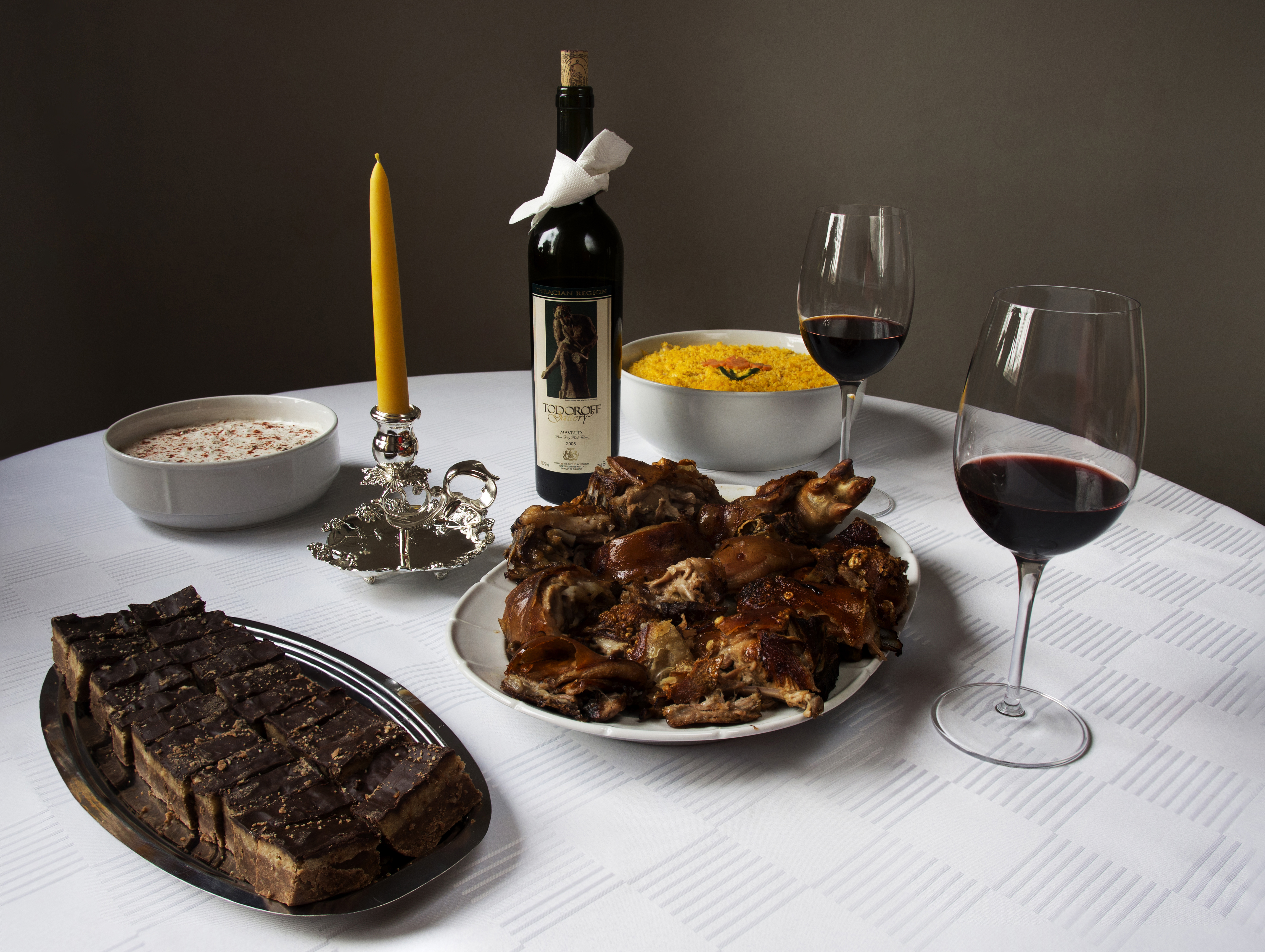|
҆ar Cheese
Sharr cheese () or ҆ar cheese ( sr-Cyrl-Latn, –®–į—Ä—Ā–ļ–ł —Ā–ł—Ä, ҆arski sir, separator=" / ") is a hard cheese made in Gora, Opolje and ҆trpce, located in the ҆ar Mountains of Kosovo. It is made of sheep and cow milk and usually added to salads and main dishes, pitas, served with bread or eaten alone. The hallmarks of the cheese are its saltiness, and the fact that it is a treat for any time of the day or year. History The tradition of producing Sharr cheese has been passed on to generations for centuries. By the 1890s, the cheese became popular; the Serbian newspaper ''Carigradski glasnik'' of 28 July 1901 said that the cheese had overwhelmed the neighbouring markets because of its yellow fatty look and taste which had not been seen in other cheeses. Traditionally, Sharr cheese was made using sheep milk. One of the reasons why sheep milk was usually used was because cows were not able to climb the highland and reach the favorite grass and herbs which give Sharr chees ... [...More Info...] [...Related Items...] OR: [Wikipedia] [Google] [Baidu] |
Sharri Cheese With Dil On Top
Dragash or Sharr ( sq-definite, Dragashi or ''Sharri;'' sr-cyr, –Ē—Ä–į–≥–į—ą) is a List of cities in Kosovo, town and Municipalities of Kosovo, municipality located in the District of Prizren, Prizren District of Kosovo. According to the 2011 census, the municipality has 34,827 inhabitants. The Albanian name ''Sharri'' is a reference to the ҆ar Mountains (in Albanian ''Sharr''). The Serbian name ''DragaŇ°'' comes from medieval Serbian lord Constantine DragaŇ°. History The oldest mosque in Kosovo and in the Balkans was built in 1289 and it is called Al-Aga Mosque. Dragash was named after a Serbian medieval noble family of the same name which served DuŇ°an the Mighty (r. 1331-1355) and UroŇ° the Weak (r. 1355-1371). From 1877 to 1913, Dragash was part of Kosovo Vilayet in the Ottoman Empire. From 1929 to 1941, Dragash was part of the Vardar Banovina of the Kingdom of Yugoslavia. In 1941, Yugoslavia came under Invasion of Yugoslavia, Axis invasion, and Dragash became a part ... [...More Info...] [...Related Items...] OR: [Wikipedia] [Google] [Baidu] |
Pinus Peuce
''Pinus peuce'' (Macedonian pine or Balkan pine) (Serbo-Croatian and Macedonian: –ľ–ĺ–Ľ–ł–ļ–į, molika; Bulgarian: –Ī—Ź–Ľ–į –ľ—É—Ä–į, byala mura) is a species of pine native to the mountains of North Macedonia, Bulgaria, Albania, Montenegro, Kosovo, the extreme southwest of Serbia, and the extreme north of Greece,Farjon, A. (2005). ''Pines. Drawings and descriptions of the genus Pinus'', ed.2. Brill, Leiden .Gymnosperm Databas''Pinus peuce''/ref> growing typically at (600-) 1,000-2,200 (-2,300) m altitude. It often reaches the alpine tree line in this area. The mature size is up to 35‚Äď40 m height, and 1.5 m trunk diameter. However, the height of the tree diminishes strongly near the upper tree line and may even obtain shrub sizes. It is a member of the white pine group, ''Pinus'' subgenus ''Strobus'', and like all members of that group, the leaves ('needles') are in fascicles (bundles) of five, with a deciduous sheath. They are 6‚Äď11 cm long. Its pine cones are mostly ... [...More Info...] [...Related Items...] OR: [Wikipedia] [Google] [Baidu] |
Sheep's-milk Cheeses
Sheep milk is the milk of domestic sheep. It is commonly used to make cultured dairy products, such as cheese. Some of the most popular sheep cheeses include feta (Greece), pecorino romano (Italy), Roquefort (France) and Manchego (Spain). Sheep breeds Specialized dairy breeds of sheep yield more milk than other breeds. Common dairy breeds include: * East Friesian (Germany) * Sarda (Italy) * Lacaune (France) * British Milk Sheep (UK) * Chios (Greece) * Awassi (Syria) * Assaf (Israel) * Zwartbles (Friesland, Netherlands) In the U.S., the most common dairy breeds are the East Friesian and the Lacaune. Meat or wool breeds do not produce as much milk as dairy breeds, but may produce enough for small amounts of cheese and other products. Milk production period Female sheep (ewes) do not produce milk constantly. Instead, they produce milk during the 80‚Äď100 days after lambing. Sheep naturally breed in the fall, which means that a majority of lambs are born in the wint ... [...More Info...] [...Related Items...] OR: [Wikipedia] [Google] [Baidu] |
Serbian Cheeses
There are several regional types of Serbian cheeses, such as the Sjenica, Zlatar, Svrljig and Homolje cheeses. The Pule cheese has gained much notoriety since 2000s as it became the most expensive cheese in the world. Types *Cer cheese (''cerski sir''), made from goat milk, produced in the Cer mountain region *Homolje cheese (''homoljski sir''), white brined cheese, from cow, goat or sheep milk, produced in the Homolje valley and mountains *Krivi Vir caciocavallo (''krivovirski kańćkavalj''), yellow hard cheese, from sheep, cow and goat milk, produced in the Zajeńćar region, named after Krivi Vir *Mokrin cheese (''mokrinski sir''), white brined cheese, named after Mokrin *Pirot caciocavallo (''pirotski kańćkavalj''), hard cheese, produced in the Pirot region * Pule cheese (''pule''), smoked cheese, made from donkey milk, produced in Zasavica, world's most expensive cheese * ҆ar cheese (''Ň°arski sir''), hard cheese, produced in Gora, Opolje and ҆trpce (in Kosovo), name ... [...More Info...] [...Related Items...] OR: [Wikipedia] [Google] [Baidu] |
Albanian Cheeses
Albanian may refer to: *Pertaining to Albania in Southeast Europe; in particular: **Albanians, an ethnic group native to the Balkans **Albanian language **Albanian culture **Demographics of Albania, includes other ethnic groups within the country *Pertaining to other places: **Albania (other) **Albany (other) **St Albans (other) *Albanian cattle *Albanian horse *''The Albanian'', a 2010 German-Albanian film See also * *Olbanian language * Albani people *Albaniana (other) *Alba (other) Alba is the Scottish Gaelic name for Scotland. Alba or ALBA may also refer to: Arts, entertainment and media Fictional characters * Alba (Darkstalkers), Alba ''(Darkstalkers)'', a character in the Japanese video game * Alba (The Time Traveler's ... {{Disambiguation Language and nationality disambiguation pages ... [...More Info...] [...Related Items...] OR: [Wikipedia] [Google] [Baidu] |
Cow's-milk Cheeses
Milk is a white liquid food produced by the mammary glands of lactating mammals. It is the primary source of nutrition for young mammals (including breastfed human infants) before they are able to digest solid food. Milk contains many nutrients, including calcium and protein, as well as lactose and saturated fat; the enzyme lactase is needed to break down lactose. Immune factors and immune-modulating components in milk contribute to milk immunity. The first milk, which is called colostrum, contains antibodies and immune-modulating components that strengthen the immune system against many diseases. As an agricultural product, milk is collected from farm animals, mostly cattle, on a dairy. It is used by humans as a drink and as the base ingredient for dairy products. The US CDC recommends that children over the age of 12 months (the minimum age to stop giving breast milk or formula) should have two servings of milk products a day, and more than six billion people ... [...More Info...] [...Related Items...] OR: [Wikipedia] [Google] [Baidu] |
Cuisine Of Serbia
Serbian cuisine () is a Balkan cuisine that consists of the culinary methods and traditions of Serbia. Its roots lie in History of Serbia, Serbian history, including centuries of cultural contact and influence with the Greeks and the Byzantine Empire, the Ottoman Empire, Ottomans, and Serbia's Balkans, Balkan neighbours, especially during the existence of Yugoslavia. Historically, Serbian food develops from pastoral customs that involved the keeping of sheep in mountain highlands, in a climate and regional context that favoured animal husbandry over vegetable farming; Serbian food is therefore traditionally richer in animal products and basic grains‚ÄĒcorn, wheat and oats‚ÄĒthan fresh vegetable dishes. Following the abandonment of widely practiced pastoral lifestyles, Serbian food emerged through the Middle Ages heavily dependent not on lamb or mutton, but on the keeping of pigs for the annual cull and the production of various cured meats, such as sausages, bacon and ham products ... [...More Info...] [...Related Items...] OR: [Wikipedia] [Google] [Baidu] |


